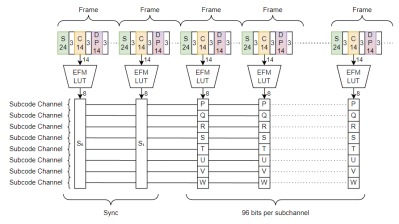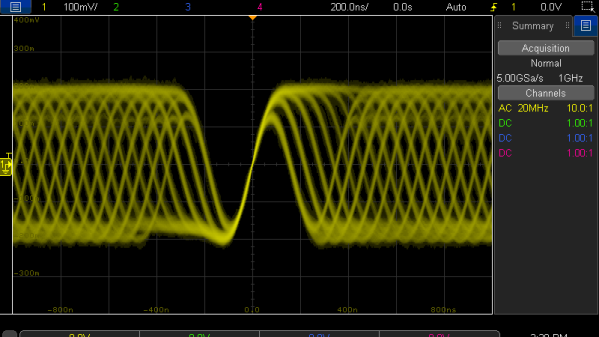In the rare case we listen to an audio CD these days, we typically rely on off-the-shelf hardware to decode the 1s and 0s into the dulcet tones of Weird Al Yankovic for our listening pleasure. [Lukas], however, was recently inspired to try decoding the pits and lands of a CD into audio for himself.

[Lukas] did the smart thing, and headed straight to the official Red Book Audio CD standard documents freely available on archive.org. That’s a heck of a lot cheaper than the €345 some publishers want to charge. Not wanting to use a microscope to read the individual pits and lands of the disc, [Lukas] used a DVD player. The electrical signals from the optical pickup were captured with an oscilloscope. 4 megasamples of the output were taken at a rate of 20 megasamples per second. This data was then ported over to a PC for further analysis in Python.
[Lukas] steps us through the methodology of turning this raw data of pits and lands into real audio. It’s a lot of work, and there are some confusing missteps thanks to the DVD player’s quirks. However, [Lukas] gets there in the end and shows that he truly understands how Red Book audio really works.
It’s always interesting to see older media explored at the bare level with logic analyzers and oscilloscopes. If you’ve been doing similar investigative work, don’t hesitate to drop us a line!












